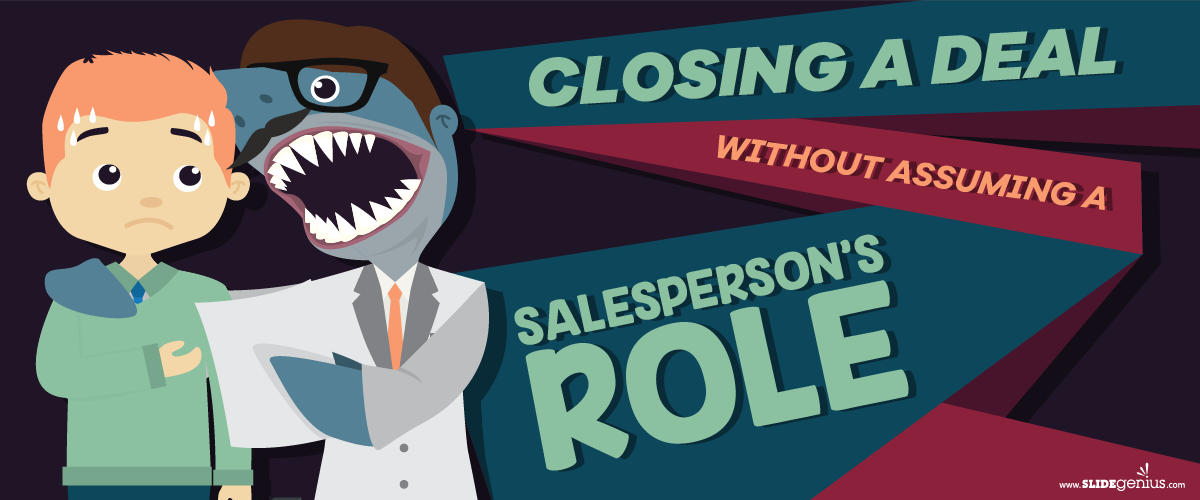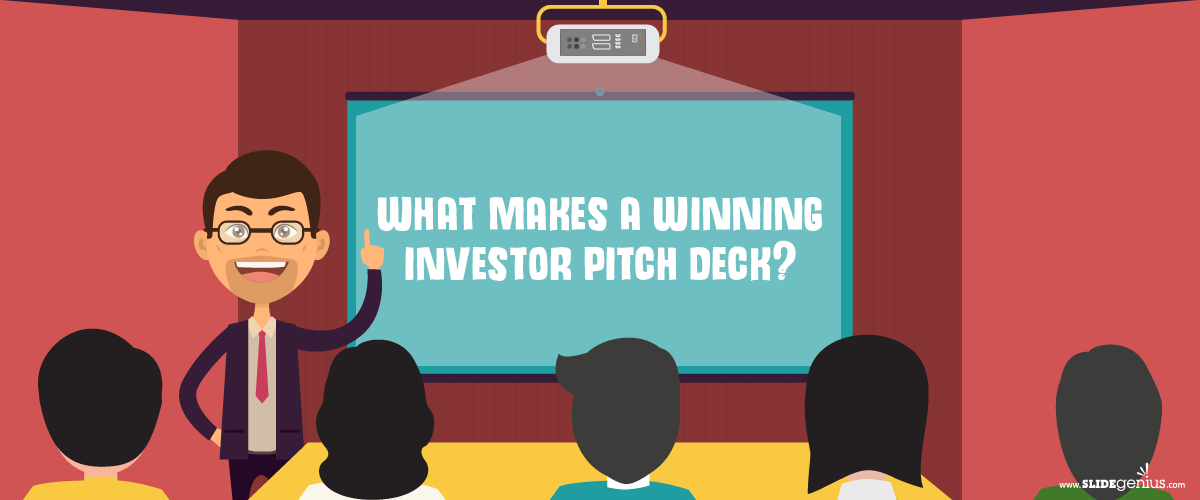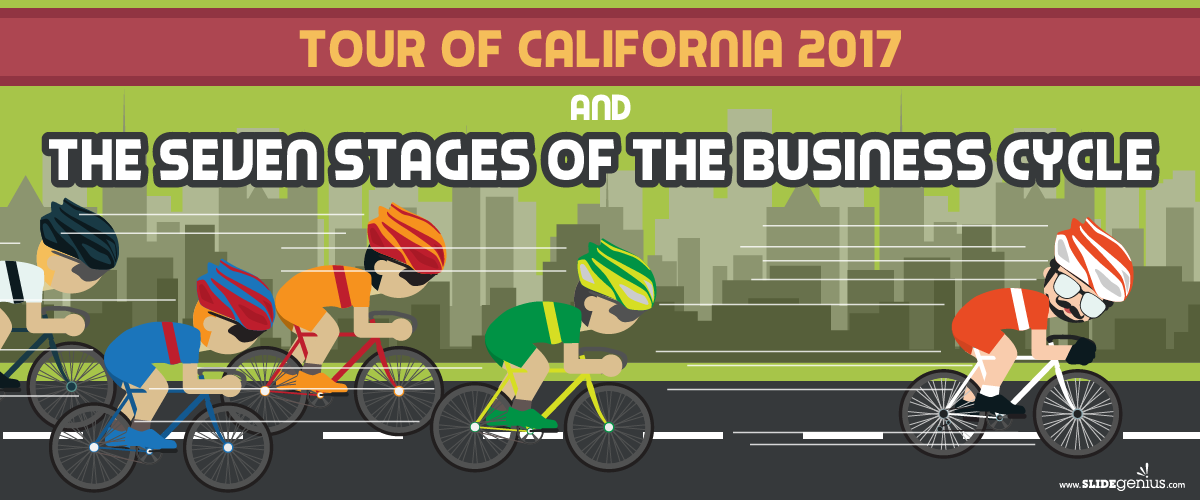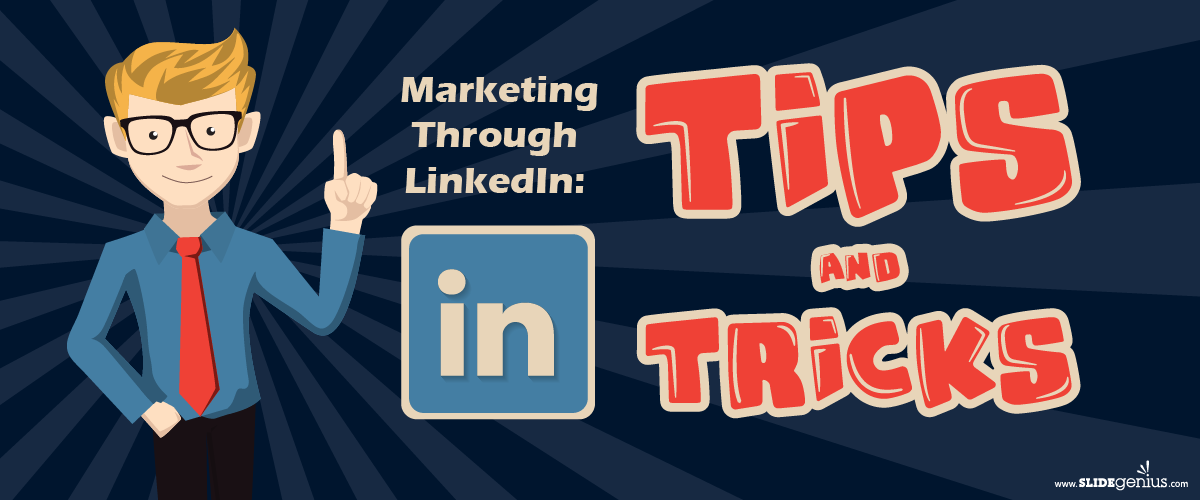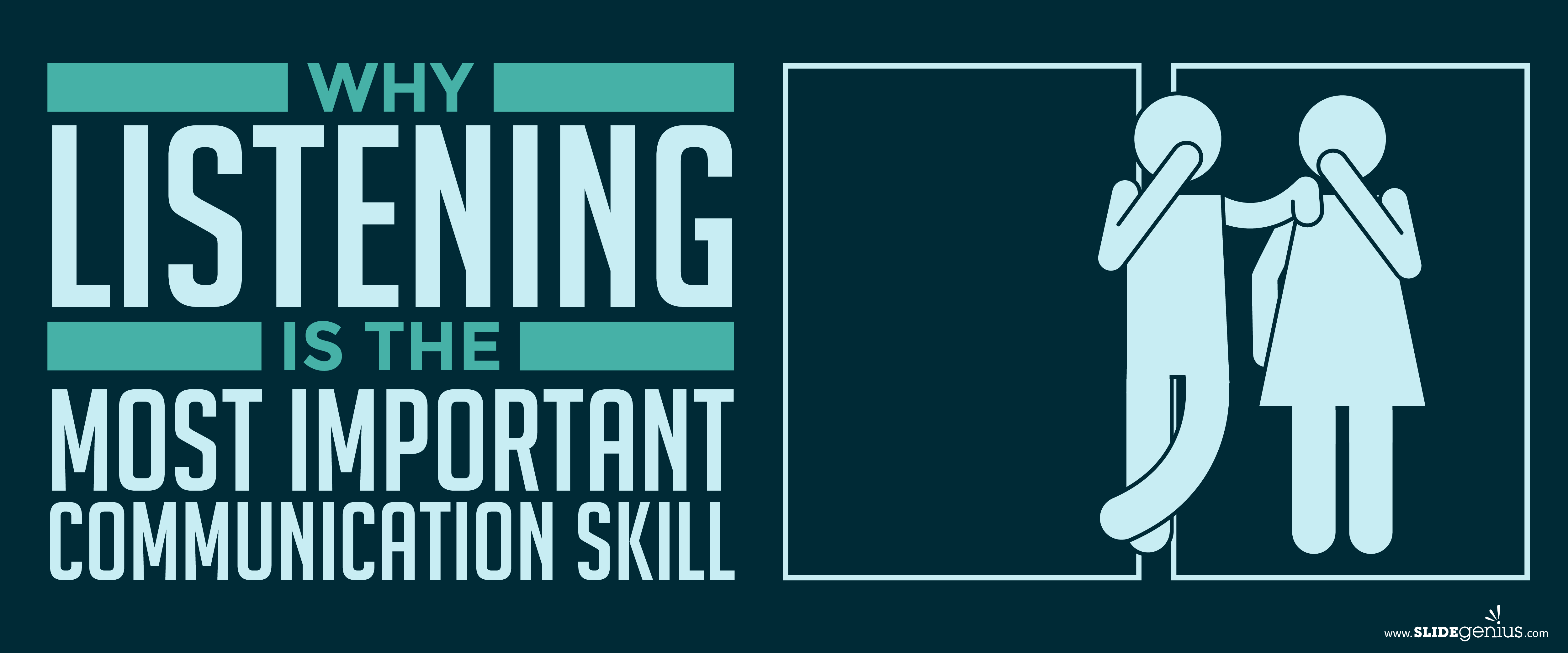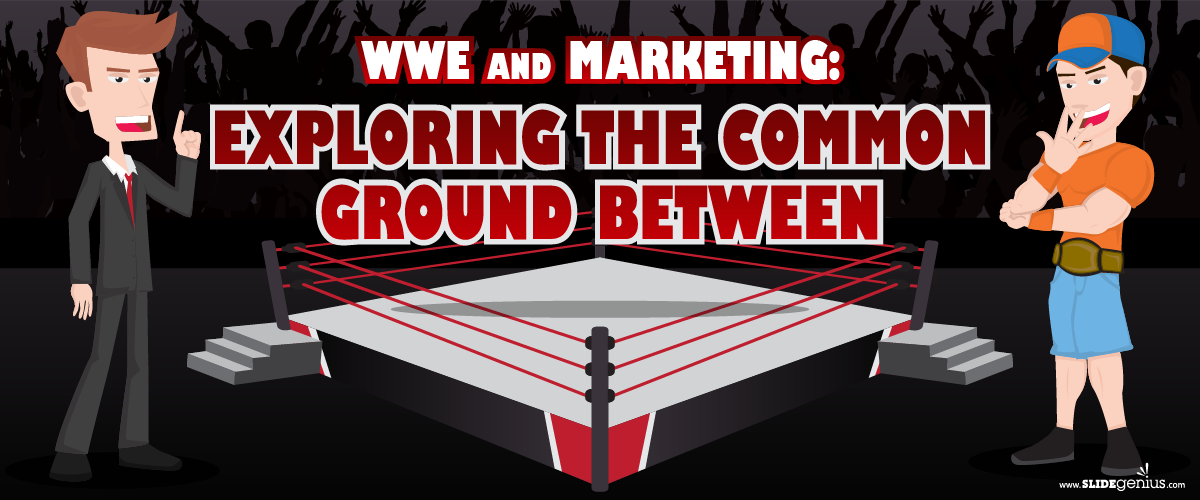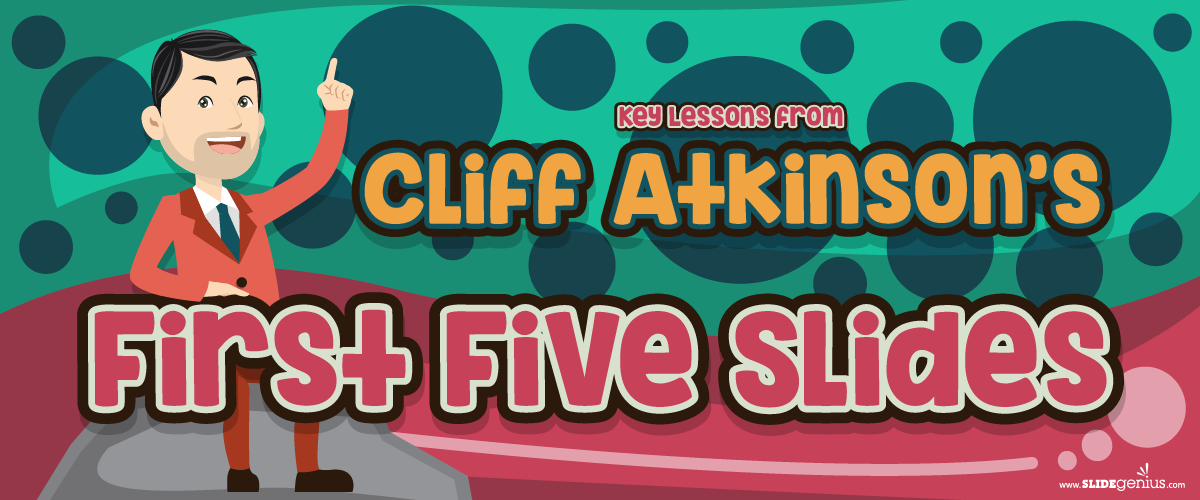
In 2005, presentation pitch deck consultant Cliff Atkinson published his bestselling book, Beyond Bullet Points, which revolutionized the way people used PowerPoint. Atkinson was one of the first presentation gurus to displace the bulleted list by introducing a more viable alternative. It’s a principle called “the first five slides.”Atkinson claimed that a presenter only needs the first five slides of a pitch deck to hook the audience. But the real question is, “What exactly do these slides contain, and what effects do they have on potential clients?” Let’s find out.
A Story Only Slides Can Tell
The premise of Atkinson’s book is the ability of the first five slides of a deck to tell a good story. Stories are easily relatable, and they’re more effective in evoking emotions compared to plain facts. A good narrative can help you create an emotional bond that will get your audience to empathize with you and see things from your perspective. To lay out your deck in a narrative form, make sure that the order of your slides fall within a good story arc. You can do this by establishing the setting and the protagonist in the first two slides of your presentation. The setting should clearly define the business environment you find yourself in, and the protagonist, naturally, should point to your audience.In the third slide, establish the imbalance that your protagonist encounters in the setting. What problem is your audience experiencing? What incident is weighing them down? You may outline an existing dilemma that your business aims to solve. Before you can present the solution, however, you need to establish a sense of balance in your fourth slide. What’s the ideal situation that your audience should aspire for? How good should the state of affairs be for them to achieve a sense of fulfillment?Once you’ve successfully presented these four elements, it’s time for the most important part: the solution. The fifth and last slide should contain your proposal to the audience. What can you do to alleviate their discomfort? How can your business help in addressing their concerns?Your business pitch should always focus on your audience. Customers are interested in what you can do for them, so bank on that.
The Supplemental Nature of Slides
A common misconception presenters have about PowerPoint is that it can replace their presence during a live pitch. However, because your deck’s main purpose is to serve as a visual aid, loading each slide with too much information can burn out your viewers. People aren’t wired to process information in bulk, so break things down into bite-sized pieces to help them remember your points better.Divide your hook into five brief statements focusing on your pitch’s specific aspects. Establish your credibility by forming a personal connection with your audience. Each slide should have one topic that you can expound on. In terms of design, place only keywords and powerful images related to your message, and leave the rest for your verbal explanation. After all, your audience went to hear your pitch, and not to see your deck.
The Ultimate Investment
Although the first five slides might be the most important in attracting your audience’s attention, they only serve as the first act of an elaborate performance, as your fifth slide acts as the end of your opening credits. The next step is to convince your listeners to invest in you. After drawing people in, give them a good reason to stay. Walk your audience through the succeeding chapters of your pitch. Refer to your earlier slides, particularly the existing conflict to which you have a unique solution. This is your opportunity to present your products and services, your business strategy, and your current standing in the market. While emotional appeal hooks your listeners, giving facts and data will help strengthen your pitch.
The Power of Five Slides
Every good presentation has a clear structure with an effective hook, line, and sinker. Take inspiration from Cliff Atkinson’s best-selling book and drop the bullet points. Focus on your first five slides to draw in prospects.Your pitch deck is a story waiting to be told. Make sure it’s worth every minute of your audience’s time. Keep in mind that your job doesn’t end in hooking your audience—it’s still a long stretch from there. Your first five slides are only the beginning of your winning pitch deck.
